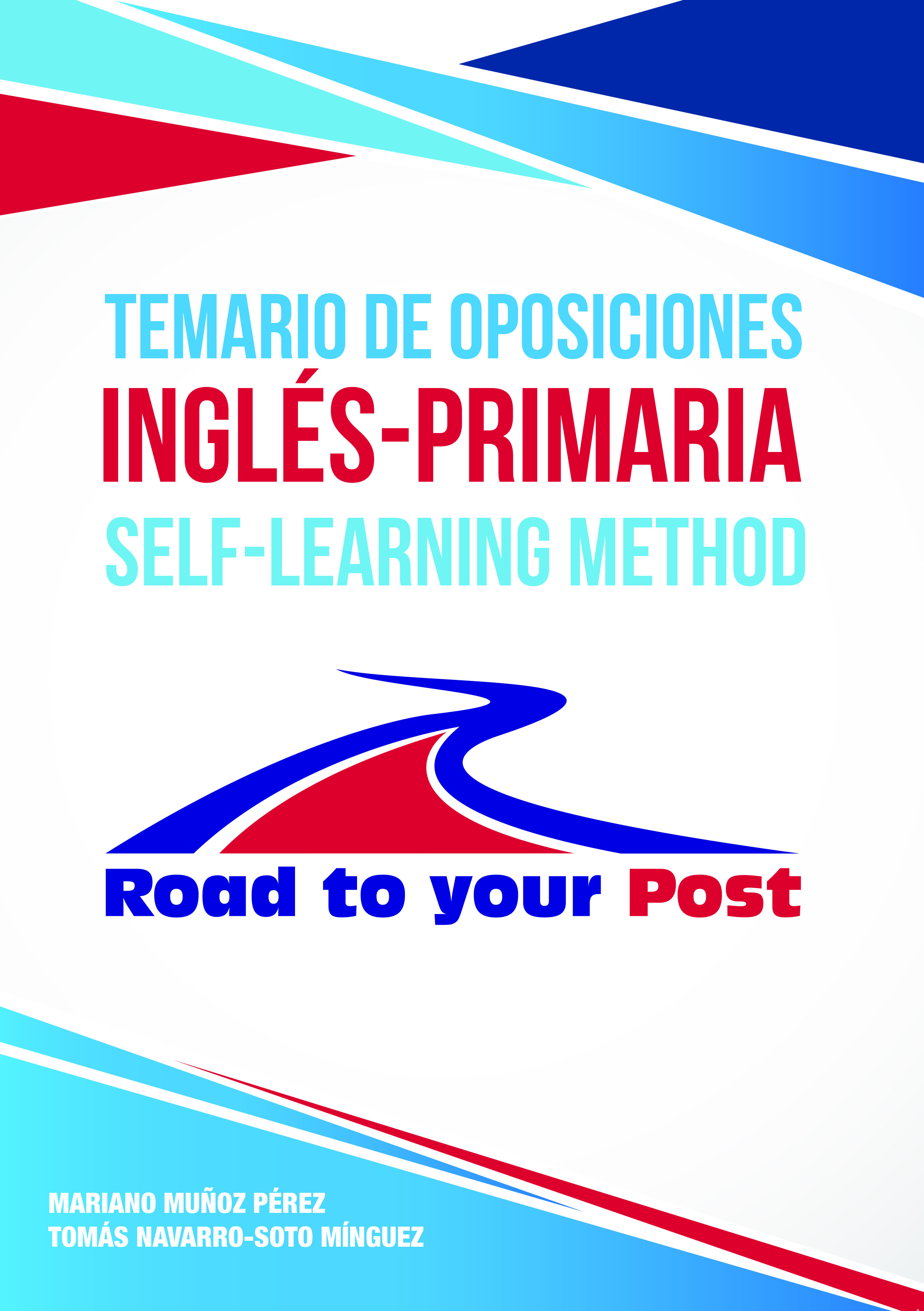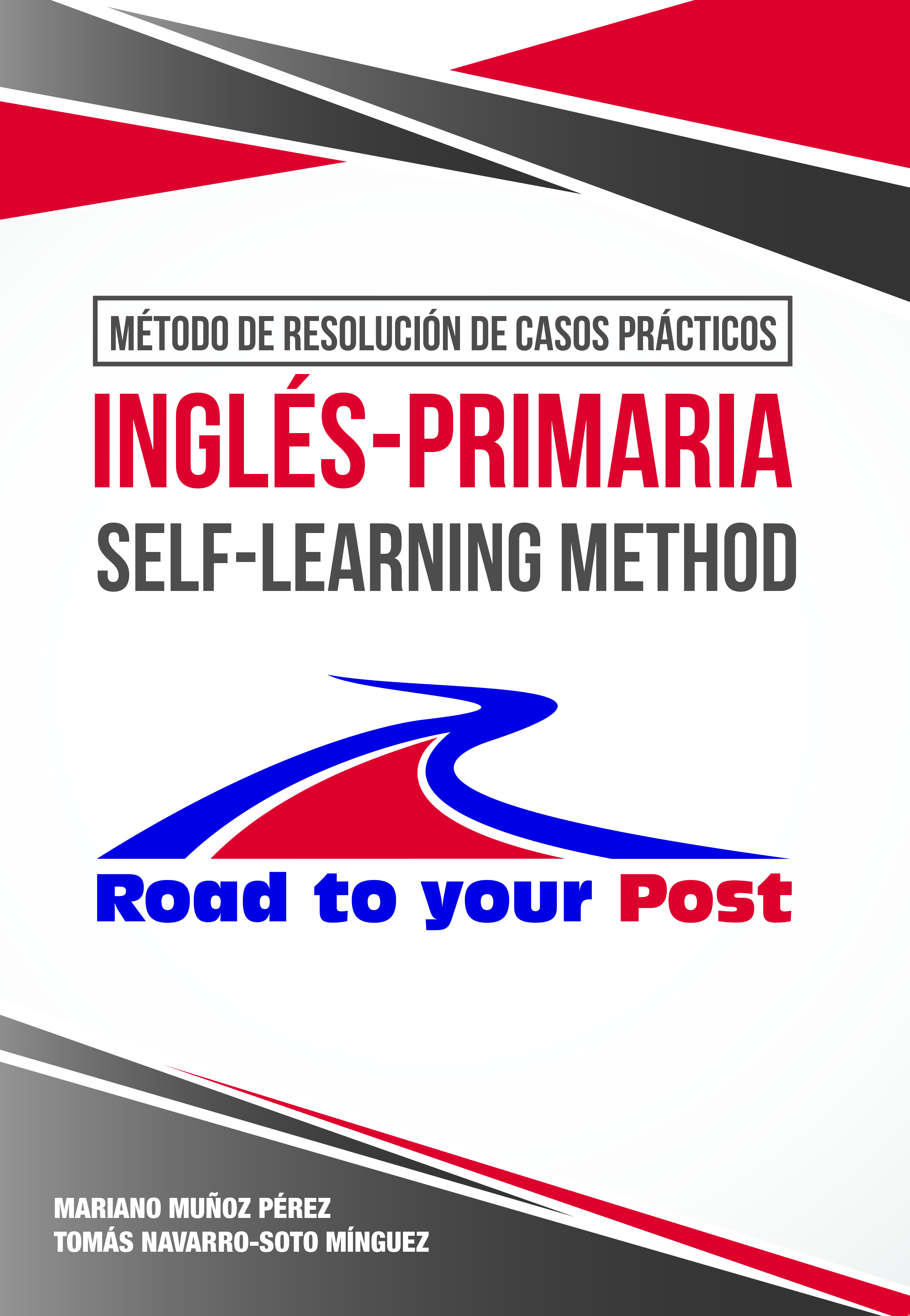FL Programming. Ready, steady, go! Educational escape rooms in the classroom.
FL Programming. Ready, steady, go!
Follow us: https://www.facebook.com/OposicionesInglesRP/
More about Road to your Post: oposicionesingles.com
Planning means taking decisions about what we want children to learn and what learning scenarios will contextualise our teaching action. It means outlining the goals, setting the contexts, organising the curricular elements and eventually anticipating and visualising the lessons (teaching practice) before they happen. Seen in this light, the act of teaching in broad terms turns into a selection of resolutions as for what, when, how to teach; and there are plenty of different options.
It is a fact that playing is in children´s nature; and this is really the psychological principle underpinning the concept of gamification. This term may be defined as the application of gaming mechanics to non-gaming environments, that is, making learning more “palatable” to children. It is no wonder that this strategy is gaining momentum in FL classrooms, since this hidden and fun practice is more likely to engage young learners and instil a taste for the foreign language area.
Modern curricula are aware of this reality, and this is the reason why the methodological suggestions for our area stress the role of games and collaboration as invaluable resources to promote practical and purposeful use of a foreign language.
Creating an escape room can be in itself an ideal project. As we know, in this game children are expected to solve challenges until they eventually are able to “escape” from the classroom.
In this case, escape rooms let the adrenaline of beating the clock. Thus, it is consider as a challenging activity.
In Road to your Post (volumen 3: Programación y Unidades Didácticas Primaria Inglés. Método de elaboración y presentación oral) we try to serve as inspiration for candidates to come up with a personal outcome. In this sense, the model is a springboard, which can help up in different ways: (more information coming soon).
Text extracted from: Temario de oposiciones Inglés-Primaria. Self-learning method.

A key issue that has been previously highlighted is that the main goal to be attained in our FL learners is the acquisition of a certain degree of communicative competence; that is to enable the learner to communicate through oral and written means. We, as FL teachers, should be aware of the different learning theories and take into account the legal framework to provide sufficient support and scaffold for learners to understand. In order to do so, we should ensure and engaging context where the resources and the organization are focused on a “stress-free atmosphere”; and also make the “ludic principle” a part of the process, where all the actions are based on a vivid, colourful and relevant organization, and where the students feel involved in the acquisition of “memorable learning”. We cannot forget the importance of the Key Competences, the transversal elements and the development of the four macroskills or integrated skills (listening, reading, speaking and writing) and the eight Multiple Intelligences coined by Howard Garner.
Text extracted from: Método de resolución de casos prácticos. Self-learning method.

In Primary Education, the development of entrepreneurial spirit should be seen in terms of creativity, personal initiative, team work habits and promotion of self-confidence and critic sense. In this light, the PBL model provides with plenty of situations in which learners are required to collaborate and take decisions, so as to come up with solutions or products derived from cooperative work and self-reflection. Some examples may be getting to agreements to take part in a game, interact in communicative situations recreating real life ones or devise a common product connected to the units´ main aim.
Concerning health education, RD 126/14, Art. 10.5, established that physical activity and a healthy diet are of utmost importance at this stage. Thus, this transversal topic will deal with healthy habits (when we wash ourselves, when and what we eat; healthy diet versus unbalanced diet, etc). In some cases, the values will be implicit in the topic content (i.e. an integrated unit devoted to food in which one of the tasks consists in elaborating a healthy menu for a restaurant); and in some others these values shall be worked in a “hidden way” (i.e. physical activity in action games or songs).



